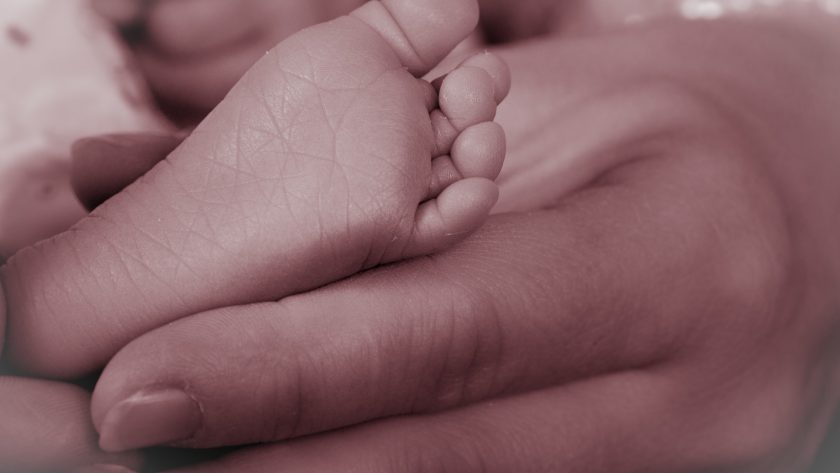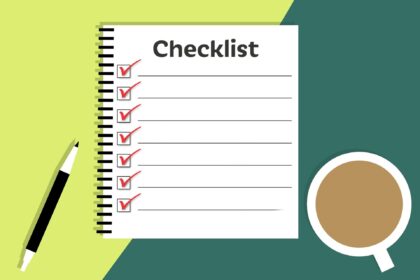The standards for the care of small and sick newborns in health facilities define, standardize and mainstream inpatient care of small and sick newborns, building on essential newborn care and ensuring consistency with the WHO quality of care framework (WHO Standards 2020). They provide a resource for policymakers, health care professionals, health service planners, programme managers, regulators, professional bodies and technical partners involved in care, to help plan, deliver and ensure the quality of health services.
Part 1:
Every small and sick newborn receives evidence-based routine care and management of complications according to WHO guidelines
Quality Statements:
A. Care for All Newborns
- 1.1 All newborns receive care with standard precautions to prevent health care-associated infections, including implementing additional measures required during outbreaks and pandemic situations.
- 1.2 All newborns are assessed immediately while receiving essential newborn care.
- 1.3 All newborns at risk are correctly identified as soon as possible after birth or on presentation to the health facility and receive additional care.
- 1.4 All referred newborns are triaged, promptly assessed for danger signs or injuries to determine whether they require resuscitation and to receive appropriate care according to WHO guidelines.
- 1.5 All newborns receive routine postnatal care, including weighing and temperature measurement.
- 1.6 All newborns are assessed for immunization status and receive recommended vaccinations according to the guidelines of the WHO Expanded Programme on Immunization.
- 1.7 All newborns are given vitamin K according to WHO guidelines.
- 1.8 All newborns are protected from unnecessary or harmful practices, including separation from their mothers and families during their care.
- 1.9 All newborns are screened for evidence of maltreatment, including neglect and violence, and receive appropriate care.
- 1.10 All newborns are assessed for congenital abnormalities, managed appropriately and referred in a timely manner.
- 1.11 All newborns whose gestational age is unknown are assessed with an appropriate tool for scoring gestational age.
- 1.12 All newborns are assessed for suspected infection or risk factors for infection and, if required, investigated and given the correct antibiotic treatment according to WHO guidelines, avoiding overuse of antibiotics.
- 1.13 All newborns at risk of congenital syphilis are assessed, investigated and managed according to WHO guidelines.
- 1.14 All newborns receive eye prophylaxis, are assessed for ophthalmia neonatorum and, if required, managed according to WHO guidelines.
- 1.15 All newborns at risk for tuberculosis and/or HIV infection are correctly assessed, investigated and managed appropriately according to WHO guidelines.
- 1.16 All newborns at risk of impaired metabolic adaptation associated with asphyxia, small-for- gestational age and maternal diabetes are assessed to identify and manage hypoglycaemia.
B. Care for Small and Sick Newborns
B1: Care for Respiratory Conditions:
- 1.17 Small and sick newborns are assessed for signs of respiratory compromise, and a neonatal pulse oximeter is used to detect hypoxia or hyperoxia and to guide administration of supplemental oxygen according to WHO guidelines.
- 1.18 Preterm newborns born at or before 32 weeks of gestation who require respiratory support are given between 21% (air) and 30% oxygen, and the need for increasing oxygen concentrations is reviewed to ensure oxygen saturation between 90% and 95%.
- 1.19 Small and sick newborns who require supplemental oxygen therapy receive it safely through appropriate neonatal equipment, including neonatal nasal prongs, low-flow meters, air– oxygen blenders, humidifiers and a pulse oximeter.
- 1.20 Small and sick newborns are assessed and managed for apnoea, and preterm newborns are managed to prevent apnoea according to WHO guidelines.
- 1.21 Newborns with respiratory distress are treated with continuous positive airway pressure as soon as the diagnosis is made, according to WHO guidelines.
- 1.22 Small and sick newborns are assessed for surfactant deficiency, and surfactant replacement therapy is administered to preterm newborns within the first 2 hours of birth according to WHO guidelines.
- 1.23 Small and sick newborns at risk of bronchopulmonary dysplasia are assessed, investigated and managed as per standard guidelines.
B2: Nutritional support for newborns
- 1.24 Small and sick newborns are fed appropriately, including assisted feeding with the mother’s own
- milk when possible, according to WHO guidelines.
- 1.25 Small and sick newborns who cannot tolerate enteral feeding or for whom enteral feeding is contraindicated are provided with parenteral nutrition in correct amounts and composition according to standard guidelines.
- 1.26 All newborns of HIV-infected mothers are fed appropriately according to WHO guidelines.
- 1.27 All very-low-birth-weight newborns are given vitamin D, calcium, phosphorus and iron supplements according to WHO guidelines.
B3: Care for other Conditions
- 1.28 All newborns are routinely monitored for jaundice; bilirubin is measured in those at risk and treatment initiated in those with hyperbilirubinaemia according to WHO guidelines.
- 1.29 Small and sick newborns are assessed and managed for seizures according to WHO guidelines.
- 1.30 Small and sick newborns at risk for neonatal encephalopathy receive early evaluation, close monitoring and appropriate management according to WHO guidelines.
- 1.31 All newborns are assessed and managed for anaemia, including for causes of haemolytic disease of the newborn.
- 1.32 Small and sick newborns at risk of necrotizing enterocolitis are assessed and managed according to WHO guidelines.
- 1.33 Small and sick newborns at risk of retinopathy of prematurity are appropriately identified, screened and treated.
- 1.34 Small and sick newborns at risk of intraventricular haemorrhage are assessed and managed according to standard guidelines.
- 1.35 All referred newborns with surgical conditions are screened for surgical emergencies and injury and receive appropriate surgical care.
B5: Clinical Monitoring and Supportive Care
- 1.36 Small and sick newborns, especially those who are most seriously ill, are adequately monitored, appropriately reassessed and receive supportive care according to WHO guidelines.
- 1.37 Small and sick newborns are given antibiotics and other medications only if indicated, by the correct route and of the correct composition; the dose is calculated, checked and administered, the need for medication is regularly reassessed, and any adverse reaction is appropriately managed and recorded.
- 1.38 Small and sick newborns who cannot tolerate full enteral feeds are given intravenous fluids containing glucose or safe, appropriate parenteral nutrition; fluids are administered through an infusion pump and a neonatal burette, the volume is recorded, and the intravenous site is checked with other routine observations.
- 1.39 Small and sick newborns are given blood transfusions when indicated, the blood given is appropriate, the volume is recorded, and the newborn is monitored before, during and after the transfusion.
B5: Pain Management and Palliative Care for Newborns
- 1.40 All small and sick newborns are assessed routinely for pain or symptoms of distress and receive appropriate management according to WHO guidelines.
- 1.41 Small and sick newborns have access to appropriate palliative care.
B6. Care and advice at discharge
- 1.42 Small and sick newborns are discharged from hospital when home care is considered safe and carers have received a comprehensive discharge management plan and are competent in the care of their newborn.



